Last time we had discussion about the services and later I will come back to that for sure. Now I would like to cover some things that happen on court that make umpires crazy.
By Michaela Bencová, Badzine Columnist. Photos: Badmintonphoto
I know that from players’ – and maybe even spectators’ – point of view, sometimes we look to be the annoying person irritating players and others. Unfortunately the players think that it is because we want to look important but most of the time it comes from unfamiliarity with the regulations on the part of the players or coaches. So let’s talk about some things which can make our life together on court easier.
So let’s start again with services – when the service fault is called, from among the 5 possible signals, 2 of them are used by far the most often. So why is it so difficult to remember what these 2 signals mean? From my own experience, I know that some players are arguing how their service could be high when they serve by the knees…but the signal is referring to the angle of the shaft of the racket.
So the signal shown at the right means that the shaft of the racket is not pointing in a downward direction. Simply – the head of the racket is above the wrist or the shaft is in a horizontal position.
And this signal, shown at left, indicates that the shuttle was hit above the waist level.
Players are not allowed to argue with the service judge. Players can ask for very simple clarification what the fault was but first of all, the player has to ask the umpire for permission to ask service judge. And asking for clarification does not mean a monologue shouted in the direction of the service judge = offending behaviour towards a technical official = yellow card.
Another situation connected with the services is the situation when the server starts the service and the receiver loses his or her balance, resulting in movement. Often the server will stop the serve and start to complain that umpire didn’t call ‘fault receiver’. Here I would like to mention when service is not delivered – i.e. the shuttle is not hit – there is no fault on the part of the receiver. So please, players, just accept it and continue with play.
As for disagreeing with a line judge – players should know very well that if the umpire doesn’t make the correction of line call IMMEDIATELY then the umpire will not do that at all so there is no need to be angry and aggressive. It is not allowed for us, umpires, to make correction later but it has to happen immediately after the signal by the line judge. But what is the most important is that it is written in the laws that umpire can make correction only when it is beyond reasonable doubt that it was clearly an incorrect call. Now, can it be clearly wrong from an umpire’s point of view when it is a matter of 1 cm about 8 metres from the umpire’s chair? So again, what can happen when a player is angry and arguing? The umpire will not change the line judge decision, the player can earn a yellow or even a red card and, most importantly, players who so react tend to lose their concentration and very often end up losing several other points.
Another situation which can bring about unnecessary discussions is changing of the shuttle. Generally we can say if both players agree to change the shuttle, the umpire gives permission to change it. However, there is no need to wait for agreement from the second player if the umpire has already judged the shuttle to be fit for play. It is fully the umpire’s decision whether to change the shuttle. So again, sometimes players say why did he change it? I didn’t want it changed. The answer is that it is the decision of the umpire, not the player, whether to change the shuttle. Theoretically, we can say that the umpire can say no to a change of shuttle even if both players would like to change it. It is fully in the umpire’s power and players should accept it.
Sometimes an umpire looks to be bothering the players without apparent reason – i.e. when we want the players to place their bags with rackets near the umpire chair, to put all things inside the box or basket and put baskets together in good order. The reason is very simple – we have to do that; we have to keep our court in good order because nobody wants to see the mess on TV or baskets are blocking the advertisement of sponsors. And if we don’t keep our court clean and tidy, we will be in trouble. In cases where we are up for assessment, we can even fail.
We need also baskets near the umpire chair because we need to have easy communication with players. That is, again, not a lot of players or coaches know the exact definition of the interval. Here I would like to mention that the mid-game interval (at 11 points) is not to exceed 1 minute and the interval between the games is not to exceed 2 minutes. This means that when the umpire announces 20 seconds, it is not only the signal for coach to leave the court but also the signal for the players to get ready to play – not to start to change their T-shirts, to tie their shoes etc. Because at the moment when 1 minute is over, the player should be hitting the shuttle: i.e. 20 seconds, 19, 18,…..3, 2, 1, play!!! If not, it is a delay of game and ….= yellow card.
Players often think that we enjoy giving the yellow or red cards to the players. As I mentioned above, there are some situations when we have to give the card even if we can understand the frustration of the player. In case we don’t give them cards or if we don’t handle the player, we are in trouble. But there are some things which are simply not allowed: throwing the racket, destroying the shuttle, using the bad words, aggressive behaviour toward any other person (line judge, umpire, service judge, opponent, spectators etc), delaying the game, etc. Maybe here I should also mention that if players get shown these cards, it can cost them a lot of money:
| A yellow card in any BWF sanctioned tournament in a calendar year | For third yellow card
And every subsequent yellow card |
US$500
US$250 |
| A red card in any BWF sanctioned tournament | For red card | US$500 |
By the way, what about if the player does not pay it? First of all the invoice goes to his/her National Association and if invoice is not paid, then that particular player is not accepted at any other tournaments and if the Association were still to not pay, then all players of that Association would be out of the tournaments.
Finally, I would like to mention that all umpires and line judges are volunteers. We are not paid for spending all day, every day for an entire tournament in the hall, seeing only the hall and hotel, not having much free time – we spend most of the time in the hall on court. For example, in the beginning of February, a lot of European countries had their National Championships. Personally, I was on court for 16 matches from 12:00 Friday till 14:00 Sunday – as a volunteer.
Every year I have to umpire at 10 tournaments a year (last year I was one week at All England, one week at the Thomas and Uber Cup Finals in Malaysia, one week at French Open etc., etc. We officiate at all tournaments as volunteers, taking days off from our jobs, neglecting our families. So please, help us to make our life easier and then also your life on court will be easier too and the spectators can enjoy the game of badminton. So thank you in advance 😉
![OFFICIAL’S WHISTLE – Putting the ‘ire’ in ‘umpire’ Last time we had discussion about the services and later I will come back to that for sure. Now I would like to cover some things that happen on court […]](http://www.badzine.net/wp-content/uploads/Newsflash-thumbnail.png)
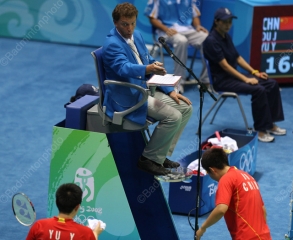
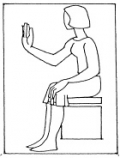
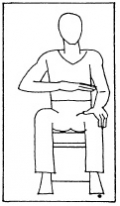
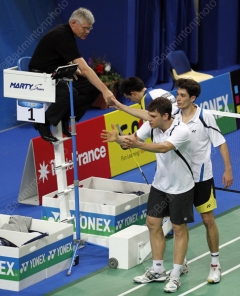
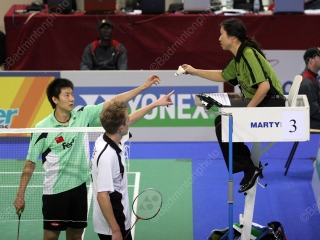
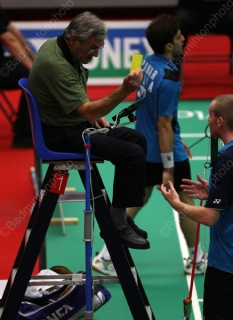
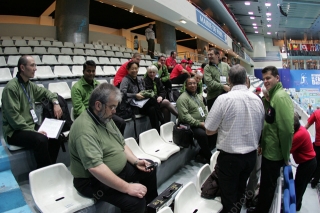
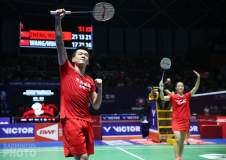
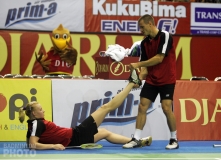

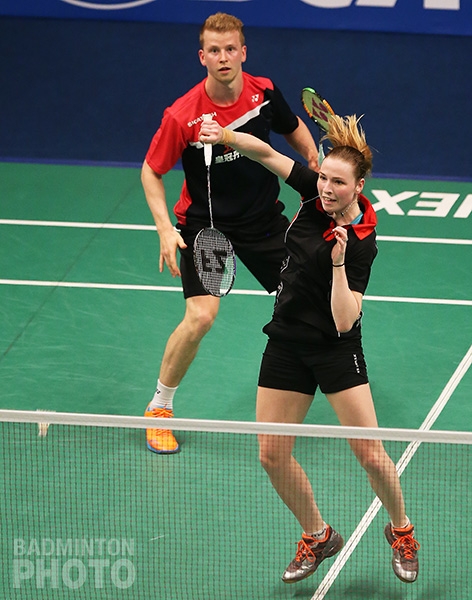
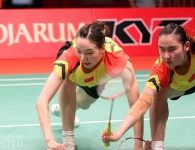
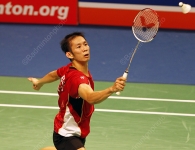
Leave a Reply